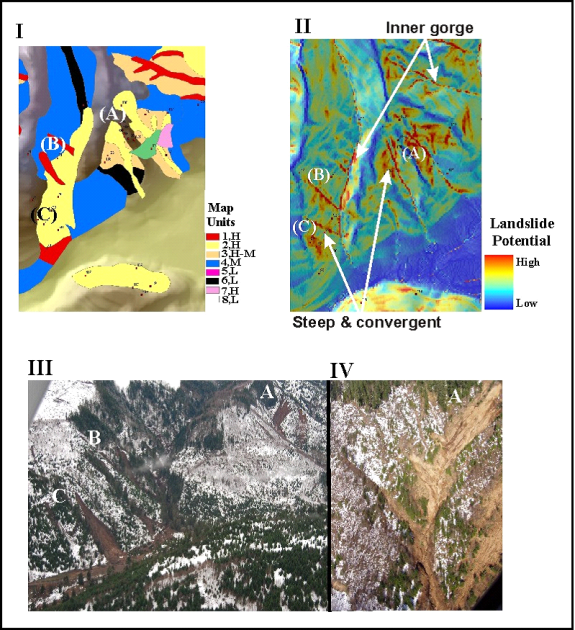

The project was organized into two parts: 1. The formal objectives of the project were to: (1) Identify switch and network technologies for wide-area networks that interconnect a large number of users and can provide individual data paths at gigabit/s rates (2) Quantitatively evaluate and compare existing and proposed architectures and protocols, identify their strength and growth potentials, and ascertain the compatibility of competing technologies and (3) Propose new approaches to existing architectures and protocols, and identify opportunities for research to overcome deficiencies and enhance performance. In general terms, this project aimed at the analysis and design of techniques for very high-speed networking. Regular Topologies for Gigabit Wide-Area Networks. Recently, with the rise of Gigabit Ethernet This, by making Gigabit routing possible using ordinary Pentium processors may eventually render the much prophesized ATM switching performance unnecessary. However, a blow for ATM may be the recent results concerning fast routing table lookup algorithms. The quest for low-delay IP packet forwarding, perhaps possible over ATM cut-throughs, has resulted in the switching versus/or integrated-with-routing movement. Following Clark and others, another part of the story is the adoption and redefinition, by the IETF, of the Telecoms' notion of 'Integrated Services' and QoS mechanisms. Here, if your aim is for Gigabit ATM with 5000-transactions per second classical supercomputers, a 65K ATM MTU - as implemented by Cray - might be okay. Secondly, servers, historically restricted to the exclusive club of HIPPI-equipped supercomputers, suddenly become ordinary high-end PCs with 64-bit wide PCI busses - definitely aiming at the Gigabit. Furthermore, in this context, there are two other essential elements to be considered: Firstly, the exponential growth of the Internet and later intranets, using Internet technology, sparked by the success of the Web and the WINTEL alliance, resulted in a corresponding demand for both aggregate and end-system network bandwidth. Secondly, and lesser known, ATM's use of cells in support of the 'I' of B-ISDN was questioned from the very beginning by the packet switching camp. Here are two classical elements of that history: Firstly, together with X.25, ATM suffers from the connection versus datagram dichotomy, well known for more than twenty years. Initiated by the Telecoms' camp, but, surprisingly, soon to be pushed by computer minded people, ATM's generic technological history is somewhat richer than single-sided stories.

Once upon a time, or more precisely during February 1988 at the CCITT Seoul plenary, and definitely arriving as a revolution, ATM hit the hard-core B-ISDN circuit-switching gang. More specifically, delay statistics are included to provide insight as to which parameters (network length, packet length or number of nodes) have the greatest effect on performance. Scaling of Fiber Distributed Data Interface (FDDI) to gigabit speeds is studied. One possibility is to examine current protocols and their extensibility to these speeds. Hardware currently exists which can experimentally transmit at data rates exceeding a gigabit per second, but it is not clear as to what types of protocols will provide the best performance. Great interest exists in developing high speed protocols which will be able to support data rates at gigabit speeds. These protocols, architectures, and optical technologies are promising and part of a brand new worldwide technological scenario that has being fairly adopted in the networks of enterprises and providers of the world. This article presents the implementation of a testbed and the experimental results obtained with it on the Brazilian Experimental Network of the government-sponsored "GIGA Project." The use of IPv6 integrated to current and emerging optical architectures and technologies, such as dense wavelength division multiplexing and 10- gigabit Ethernet on the core and gigabit capable passive optical network and optical distribution network on access, were tested. Reggiani, Atilio Eduardo Hortêncio, Claudio Antonio

Martins, Luciano Ferramola Pozzuto, João Olimpio Tognolli, João Chaves, Niudomar Siqueira De A. 118: 622 Mbps network tests between ATDNet and MAGIC via ACTS 3) ATDNet SONET/ATM gigabit network 4) Testbed infrastructure, collaborations and end sites in TSTI based evaluations 5) the Trans-Pacific digital library experiment and 6) ESDCD on-going network projects.ĭeployment of a Testbed in a Brazilian Research Network using IPv6 and Optical Access Technologies Specific topics include: 1) General and specific scientific technical objectives 2) ACTS experiment No. Various issues associated with the " Testbed for Satellite and Terrestrial Interoperability (TSTI)" are presented in viewgraph form. Testbed for Satellite and Terrestrial Interoperability (TSTI)


 0 kommentar(er)
0 kommentar(er)
